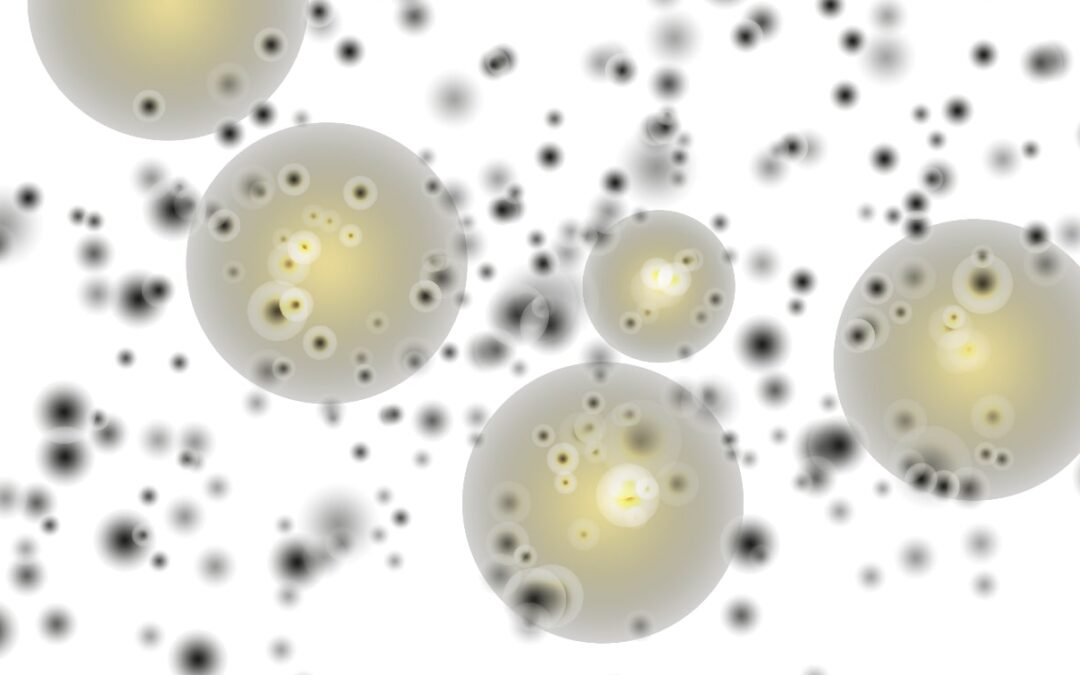Introduction
Chlorine dioxide mold assassin: Mold infestations are a common problem faced by many car owners. These fungi thrive in damp, dark, and humid environments and can cause structural damage, unsightly stains, and even health issues. Among the various mold removal solutions, chlorine dioxide has emerged as a powerful and effective option. In this article, we will explore how chlorine dioxide kills mold and why it is a popular choice for mold remediation.
What is Chlorine Dioxide?
Chlorine dioxide (ClO2) is a highly potent, water-soluble gas with strong oxidizing properties. It is widely used as a disinfectant and sterilizing agent in various industries, including water treatment, food processing, and healthcare. It is also an effective biocide, capable of eliminating a broad range of microorganisms, such as bacteria, viruses, and fungi, including mold.
How Chlorine Dioxide Kills Mold
Chlorine dioxide targets mold at the cellular level, effectively destroying it through the following processes:
Oxidation: ClO2 is a powerful oxidizing agent, which means it can strip electrons from other molecules. When it comes into contact with mold, it oxidizes the cell walls, causing the mold cells to rupture and die. This process also weakens the mold’s structural integrity, making it easier to remove.
Denaturing proteins: Chlorine dioxide also denatures the proteins present in mold cells, which are essential for growth, reproduction, and cellular functions. By disrupting these proteins, ClO2 effectively halts the mold’s life cycle and prevents regrowth.
Disrupting cellular respiration: ClO2 inhibits mold’s cellular respiration process, which is necessary for producing energy. By hindering energy production, the mold cells eventually die.
Advantages of Using Chlorine Dioxide for Mold Removal
Broad-spectrum efficacy: Chlorine dioxide is effective against a wide range of mold species, making it a versatile solution for mold remediation.
Fast-acting: Due to its strong oxidizing properties, chlorine dioxide works quickly, often providing visible results within hours of application.
Residue-free: Unlike bleach or other mold removal products, ClO2 leaves no toxic residues behind, ensuring a safe and clean environment post-treatment.
Low concentration requirements: Effective mold remediation can be achieved with relatively low concentrations of chlorine dioxide, reducing the risk of adverse effects on human health or the environment.
Reduced odor: Chlorine dioxide effectively neutralizes odors associated with mold, contributing to improved indoor air quality.
Conclusion
Chlorine dioxide is a powerful and effective solution for mold removal due to its ability to target mold at the cellular level. Its broad-spectrum efficacy, fast action, and minimal environmental impact make it a popular choice for homeowners and businesses facing mold issues. However, it is essential to follow safety guidelines and consult with professionals when dealing with mold remediation to ensure the process is carried out effectively and safely.

